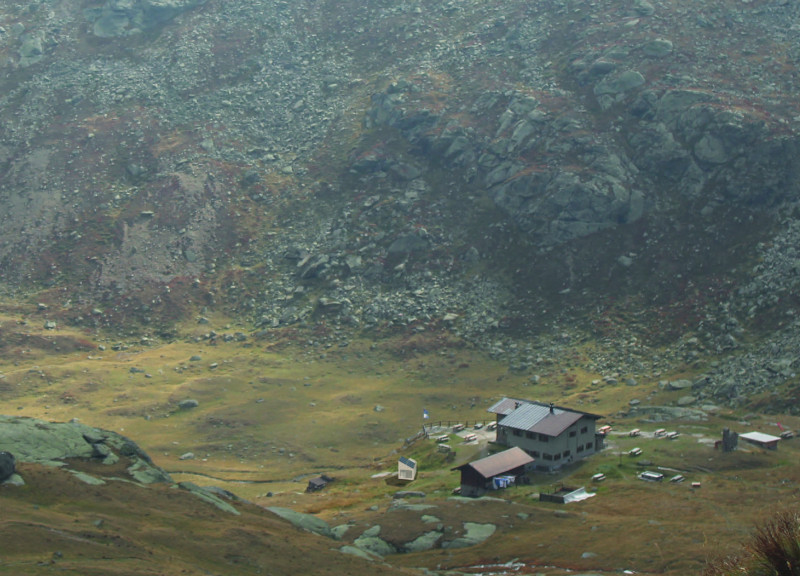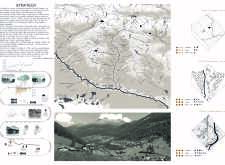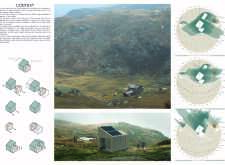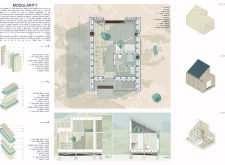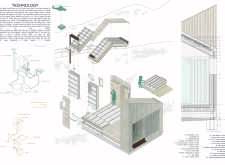5 key facts about this project
Modular Design and Sustainability
One of the primary distinguishing features of this project is its modular design. This approach facilitates adaptability, allowing residents to configure their living spaces according to their specific needs and seasonal demands. The integration of sustainable materials—such as spruce wood for structural components and mineral wool for insulation—ensures that the buildings maintain energy efficiency and thermal comfort. Photovoltaic panels are strategically installed to support energy needs, underscoring the project's commitment to renewable resources. The use of wooden panels not only contributes to the aesthetic quality of the design but also aligns with the ecological principles underpinning the project.
Community-Oriented Architecture
In addition to its focus on individual adaptability, the project places significant emphasis on fostering community interactions. The layout has been designed to encourage social engagement among inhabitants while maintaining privacy. Shared spaces are included, allowing for communal activities and gatherings. This feature is particularly relevant in the context of the Rabbital Valley, where enhancing social bonds among residents contributes positively to the overall quality of life in a remote setting. Furthermore, the orientation of the structures is strategically planned to maximize daylight exposure while providing scenic views of the surrounding landscape.
Functional and Technical Aspects
Each architectural element is carefully considered for its role in the overall functionality of the project. The structural integrity of the buildings is paramount, taking into account the region's environmental conditions. Architectural sections illustrate the integration of vapor barriers to prevent moisture issues within the structures. The design includes advanced systems for heating, water management, and waste disposal, ensuring that the project meets modern living standards while remaining fully compliant with local regulations. The careful consideration of these functional details elevates the project beyond conventional designs in comparable settings.
For an in-depth exploration of the architectural plans, sections, designs, and ideas, readers are encouraged to engage further with the project presentation. This will provide comprehensive insights into the unique elements and practical applications that characterize this innovative architectural endeavor in the Alps.


